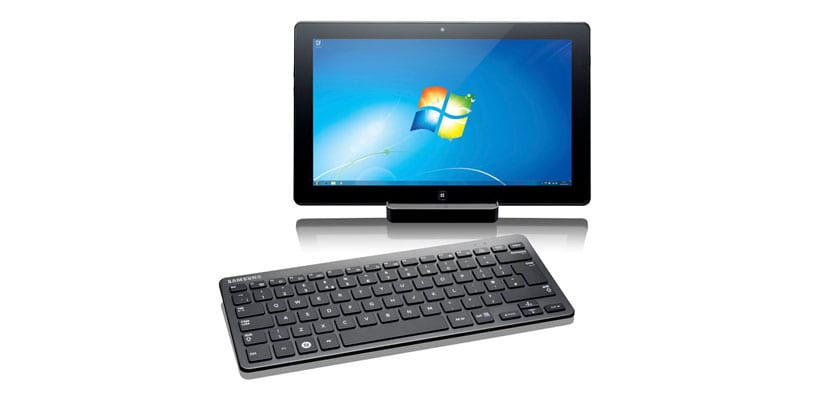
The codecs are highly relevant in our Windows 7 computer. These «Codecs» are what allow us to enjoy the content in audio or video, since it allows them to be reproduced through the audio system that we have selected or installed in the device. . Therefore, it is worth having a good number of codecs installed, or having well controlled which ones we have installed to always stay up-to-date in this type of technology. Today we are going to show you how to show the codecs used in Windows 7 in the easiest and fastest way, as always with the minitutos of Windows Noticias.
If you have problems playing an audio or video file on your computer, you may have to update or install certain codecs that make it work correctly, but first we will look at which ones we are using to make sure that we are not making mistakes in something so simple. This is how we will do it:
- We click on the button «Home»And we go to Windows Media Player, the player par excellence of Windows 7 and that is installed by default.
- Once started, we click on "help", which can be found in the upper menu bar. When the help menu is displayed, click on «About Windows Media Player«.
- Tip: If we have this menu bar deactivated, we must press the «alt» key on our keyboard.
- We will now click on «Information Technical Support»To start the browser and the information regarding our search will be displayed.
- We search «Audio Codecs»In the list, or« Video Codecs », according to our needs. There we can see the entire list of codecs installed on our computer.
That is how easy we can access this information. If we do not have some of the codecs that interest us, we can install VLC Media Player that plays all types of files, or also install K-Lite Codec Pack, an installer that brings all the codecs available and to be had.